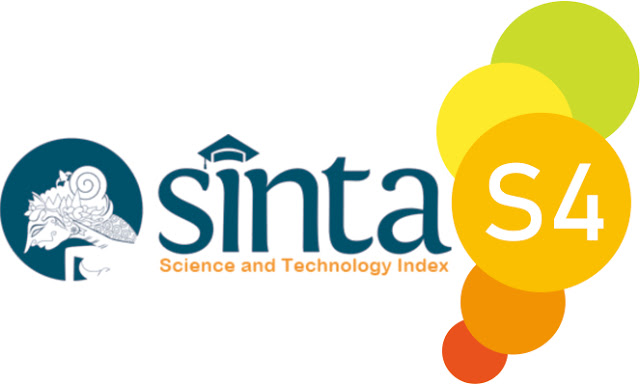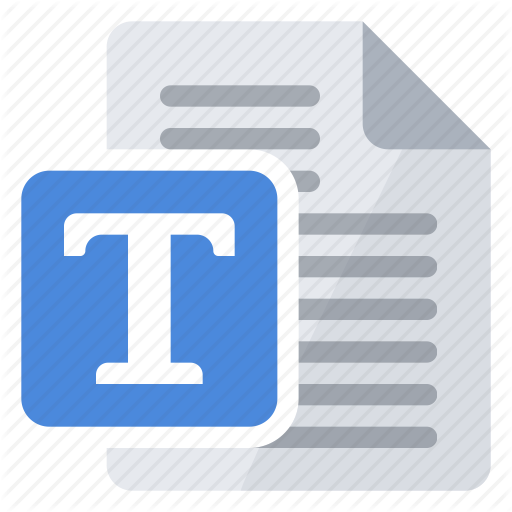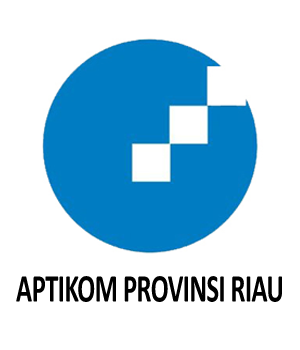Optimization of The Use of Togaf Adm in The Design of Information Systems For Islamic Boarding Schools
Abstract
Pesantren is an educational institution that stands traditionally where students live in one place to live with each other and study under the guidance of a teacher who is also known as a Kiai. For its implementation, many things must be managed by a boarding school, starting from student registration, student placement, student learning, and evaluation of student learning at the boarding school. So far, there is no adequate system for all of these administrative needs. The purpose of this study is to build an information system framework for Islamic boarding schools using the TOGAF FRAMEWORK. Miftahul Huda Islamic Boarding School Pekanbaru City uses the TOGAF-ADM methodology as the standard tool used. The use of TOGAF can bring a consistent enterprise architecture, based on stakeholder requirements, and bring some considerations. . In designing this blueprint, it will rely on the work steps of the TOGAF ADM Framework, in which this enterprise architecture framework is divided into (four) categories, namely: business architecture, data, applications, and technology.
Downloads
References
[2] J. Fahana and A. Azhari, “TOGAF for designing the enterprise architecture of LAZISMU,” vol. 2, no. 2, pp. 58–64, 2018.
[3] R. Harrison, “TOGAF TM 9 Foundation Study Guide,” Bus. Manag., p. 243, 2009, doi: 10.1111/j.1365-2702.2009.02827.x.
[4] T. R. Sari and E. Rahmawati, “TOGAF ADM to Improve the Promotion of Farm Edu-Tourism in Pondok Rangon Area,” vol. 3, no. 2, pp. 280–287, 2019.
[5] R. Eko and J. Fernandes, “Designing Enterprise Architecture Enable of Business Strategy and IS / IT Alignment in Manufacturing using TOGAF ADM Framework,” vol. 1, no. 2, pp. 1–7, 2019.
[6] D. Minoli, Enterprise Architecture A to Z. New York, United States of America: CRC Press, 2008.
[7] D. Proenca and J. Borbinha, “Enterprise architecture: A maturity model based on TOGAF ADM,” Proc. - 2017 IEEE 19th Conf. Bus. Informatics, CBI 2017, vol. 1, pp. 257–266, 2017, doi: 10.1109/CBI.2017.38.
[8] S. Buckl, A. M. Ernst, F. Matthes, R. Ramacher, and C. M. Schweda, “Using enterprise architecture management patterns to complement TOGAF,” Proc. - 13th IEEE Int. Enterp. Distrib. Object Comput. Conf. EDOC 2009, pp. 34–41, 2009, doi: 10.1109/EDOC.2009.30.
[9] J. Galih, P. Negara, A. Wahju, and R. Emanuel, “Enterprise Architecture Design Strategies for UGK Using TOGAF ADM,” vol. 436, pp. 491–495, 2020.
[10] I. Yosef, M. Edward, and A. Agusdian, “Proposal of TOGAF ADM Enterprise Continuum for Organization-Specific Solution on e-Government,” no. November, pp. 283–288, 2014.
[11] U. De Fatima Gusmao and D. B. Setyohadi, “Strategic planning for the information development of IPDC (Instituto Profissional de Canossa) library using TOGAF method,” 2017 5th Int. Conf. Cyber IT Serv. Manag. CITSM 2017, 2017, doi: 10.1109/CITSM.2017.8089289.
Copyright (c) 2022 Nurliana Nasution, Mhd Arief Hasan

This work is licensed under a Creative Commons Attribution-ShareAlike 4.0 International License.
This is an open-access article distributed under the terms of the Creative Commons Attribution-ShareAlike 4.0 International License which permits unrestricted use, distribution, and reproduction in any medium. Users are allowed to read, download, copy, distribute, search, or link to full-text articles in this journal without asking by giving appropriate credit, provide a link to the license, and indicate if changes were made. All of the remix, transform, or build upon the material must distribute the contributions under the same license as the original.















